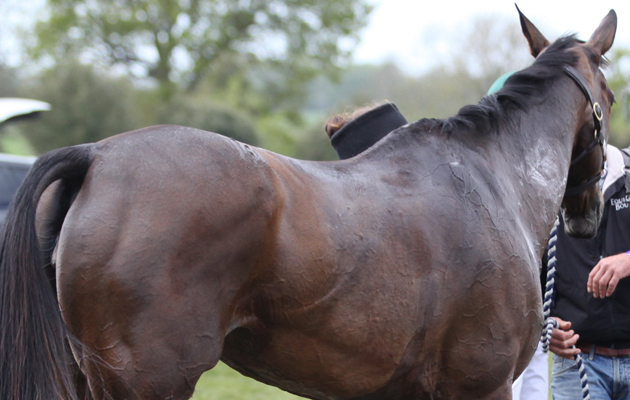Injuries can occur at any time, whatever discipline you compete in,so it pays to be prepared and know how to deal with them. When competing in horse trials, or any competition which involves jumping solid fences on undulating terrain, the horse’s stifle, tendons and ligaments are at risk.
Stifle injury
A thin covering of soft tissue is all that protects the horse’s vulnerable stifle area from damage. Injuries occur when a rider misjudges a fence, forcing the horse to drag its hind legs over.
Signs: Lameness is usually severe, often with marked swelling.
Action: Feel for obvious wounds and tenderness. Seek veterinary advice either on site or at the nearest equine hospital, or with your vet, depending on the severity of the injury.
Prevention: Horse must be fit and not overfaced. Don’t assume that greasing the legs will help your horse slide over fences.
Tendon and ligament strain
Tendon and ligament strains can result from one large ‘overstretch’ or recurring small stretches over a period of time. Competing in deep sticky going can result in these injuries.
Signs: These signs are variable, and canbe misleading, so if in doubt about lameness, whether severe or mild, or any signs of swelling and heat, ask your vet’s advice.
Action: “Any obvious pain, swelling, heat or change in the normal limb conformation – particularly a fetlock dropping or a toe coming up off the ground in severe cases – cannot be ignored,” warns Karen.
Apply cold treatment to reduce swelling and seek veterinary attention as soon as possible, if necessary, on the course. Put a support bandage on the other leg, as damage to one limb means your horse will put more weight on its pair.
Prevention: As before, ensure your horse is fit enough to cope with the challenges of the course. Know what your horse’s legs are normally like so you can spot danger signs.
Remember that, just because a horse with a tendon injury is sound, does not necessarily mean the injury has healed. Protect your horse’s legs with boots that are fully reinforced in the tendon area, or bandages over leg protectors.



